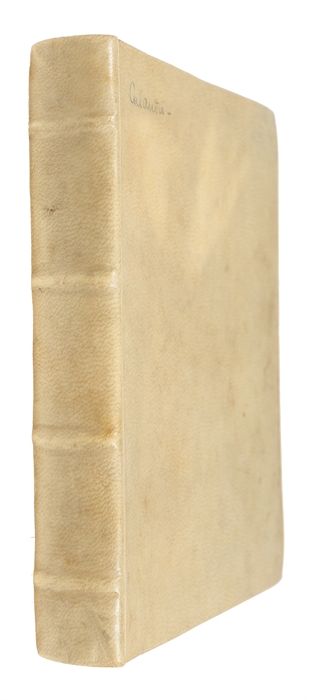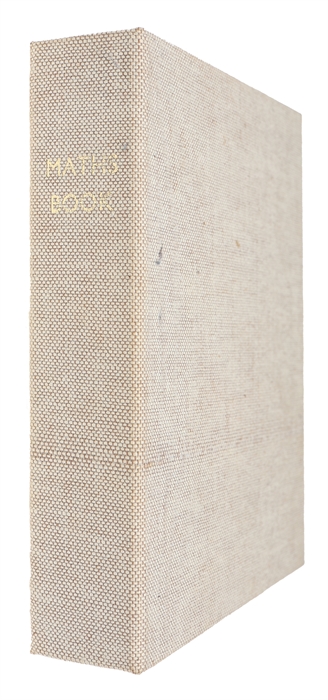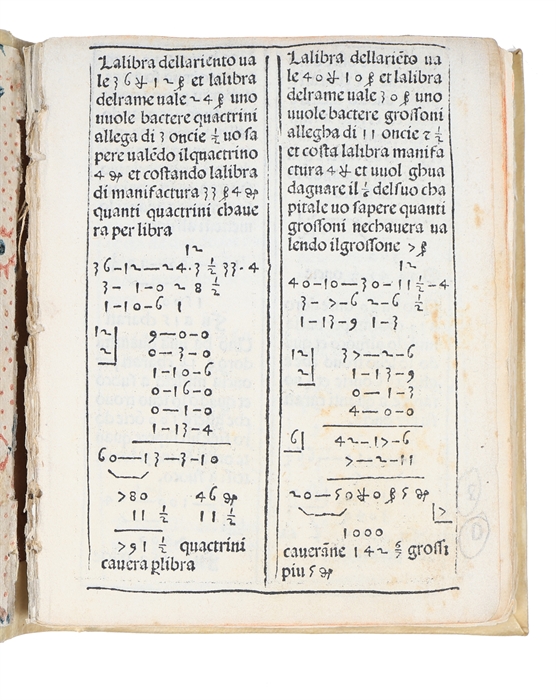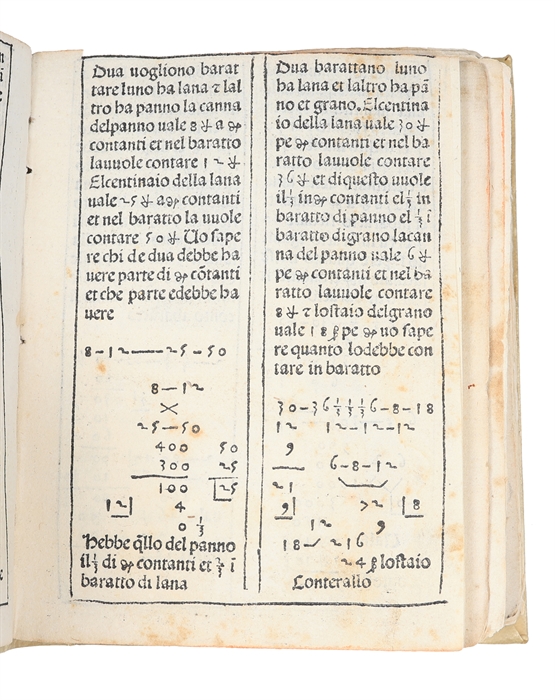THE SAGNAC EFFECT
SAGNAC, GEORGES.
L'ether lumineux demontré par l'effet du vent relatif d'éther dans un interfèromètre en rotation uniforme (+) Sur la preuve de la réalité de l´éther lumineux par l'epérience de l´interférograph tournant.
(Paris: Gauthier-Villars), 1913.
4to. No wrappers. In: "Comptes Rendus Hebdomadaires des Seances de l'Academie des Sciences", Vol 157, No 17 & 25.. Entire issues offered. Pp. 708-714; Pp. 1410-13. [Entire issue: Pp. 665-736; pp. 1357-1492].
First appearance of Sagnac two seminal papers which together constitutes the first interferometry experiment aimed at observing the correlation of angular velocity and phase showing that if a beam of light is split and sent in two opposite directions around a closed path on a revolving platform with mirrors on its perimeter, and then the beams are recombined, they will exhibit interference effects. From this result Sagnac concluded that light propagates at a speed independent of the speed of the source. The motion of the earth through space had no apparent effect on the speed of the light beam, no matter how the platform was turned.
"Sagnac interpreted the shift in the position of the interference fringes in terms of an "ether wind" that gave the light beams traveling in opposite directions different velocities. He was convinced that the phenomenon observed with the rotating interferometer demonstrated the existence of an immobile ether. Sagnac later tried to develop a theory of electrodynamics that would retain classical ideas of space, time, and ether by analyzing the propagation of energy statistically and separately from the propagation of motion. He retained a lifelong dislike for relativity, and in 1923 he interpreted some observations of stellar color shift as being due to an ether wind, rather than as supporting the general theory of relativity.
The results of Sagnac's interferometer experiments were used by some scientists in France as an argument against the theory of relativity. As late as 1937 Dufour and Prunier repeated the experiment in a modified form for that purpose. The experiment does not contradict relativity theory in any way, however, and in 1921 and 1937 Langevin responded with an explanation of how it should be interpreted." (DSB)
Order-nr.: 48767




